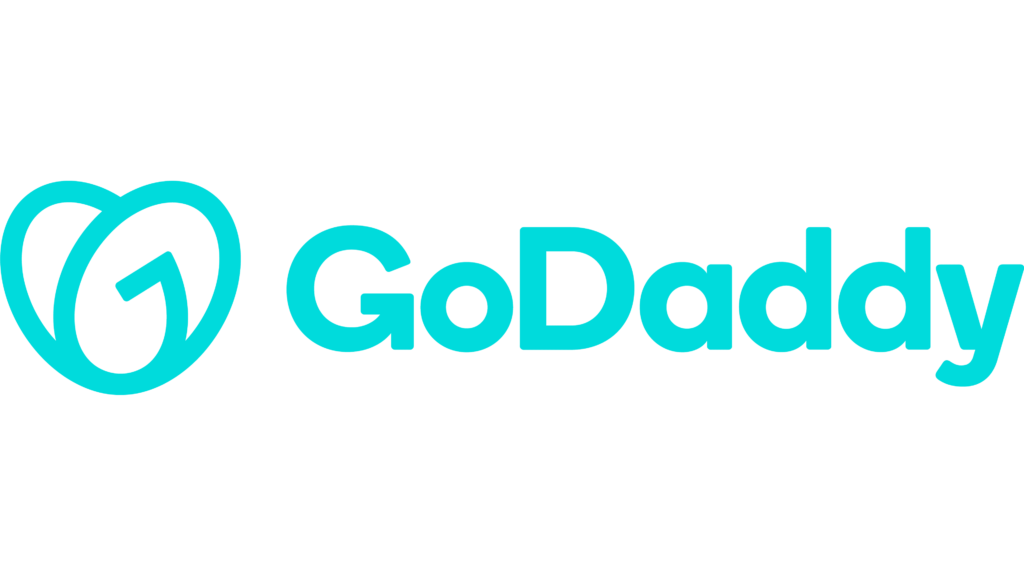The Psychology of Pricing: How to Charge What You're Worth
Need Help With Your Business?
Pricing is more than just numbers; it’s a psychological game that influences customer perception, decision-making, and overall sales success. Many entrepreneurs struggle with pricing their products or services correctly, often undercharging out of fear of losing customers. However, understanding the psychology of pricing can help you confidently set prices that reflect your value while maximizing revenue. Here’s how you can use pricing psychology to your advantage.
1. The Power of Perceived Value
People don’t buy products or services solely based on cost; they buy based on perceived value. If your pricing feels too low, customers may assume your product is of low quality. This is why luxury brands can charge significantly more—because they have established a high perceived value.
Understanding Perceived Value
Perceived value is influenced by various factors such as branding, packaging, testimonials, exclusivity, and even how a product is presented online or in stores. A study from the Journal of Consumer Research found that consumers tend to associate higher prices with higher quality, even if no objective difference exists between products.
Real-World Example
Consider two handbags: one from a generic brand selling for R500 and another from a luxury brand selling for R5000. Despite potentially being made from the same materials, the luxury brand commands a higher price because of its strong branding, celebrity endorsements, and perceived exclusivity.
How to Apply This to Your Business
Consider two handbags: one from a generic brand selling for R500 and another from a luxury brand selling for R5000. Despite potentially being made from the same materials, the luxury brand commands a higher price because of its strong branding, celebrity endorsements, and perceived exclusivity.
Case Study: Apple vs. Competitors
Apple is a prime example of how perceived value can impact pricing. While other brands sell laptops with similar specifications for a fraction of the cost, Apple products maintain premium pricing due to brand loyalty, sleek design, and superior customer service. This demonstrates the power of perceived value in creating a high-margin business.
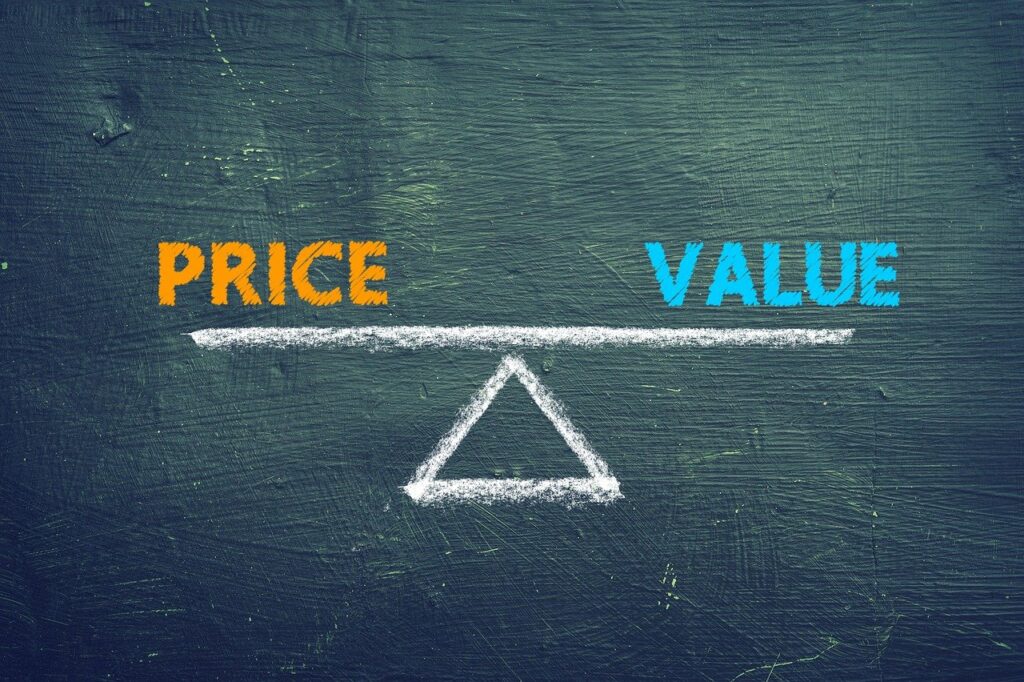
Want to start a business but don't know how? Fill out the form below.
2. Anchoring: The First Price Matters
Customers often compare prices based on the first number they see. This is why businesses display a higher-priced item first—to make other options seem more reasonable.
How Anchoring Works
If a customer walks into a store and sees a R10,000 TV first, then looks at a R5,000 TV, the second one seems like a bargain. However, if they had seen the R5,000 TV first, they might have considered it expensive.
Retail Strategies Using Anchoring
High-end restaurants list an expensive dish first on their menu to make others seem more affordable.
Tech companies showcase premium products to make mid-tier options more appealing.
Retailers use “Was R1,200, Now R899” pricing to make customers feel like they are getting a deal.
Experimenting with Anchoring in E-Commerce
Online retailers often use anchoring by displaying a premium product at the top of a category page, subtly guiding customers toward mid-tier options that seem like a better deal. Amazon, for instance, frequently highlights “Amazon’s Choice” products that are slightly lower in price than the first high-end option presented.
3. Charm Pricing (The Power of .99)
Ending prices in .99 instead of round numbers makes them appear lower, even if the difference is minimal.
Why Does .99 Pricing Work?
Customers tend to round down subconsciously. R299.99 feels significantly cheaper than R300.
It creates the illusion of a bargain.
Studies show that .99 pricing can increase sales by up to 24%.
Should You Always Use .99 Pricing?
Not necessarily. While .99 pricing is great for retail and consumer products, whole numbers are often used for luxury or premium services to indicate prestige (e.g., a high-end spa pricing a treatment at R1,500 rather than R1,499.99).
How to Apply This to Your Business
Use .99 pricing for budget-friendly items to maximize sales.
Use whole numbers for premium or luxury products to maintain exclusivity.
Test different price formats and see what resonates with your customers.
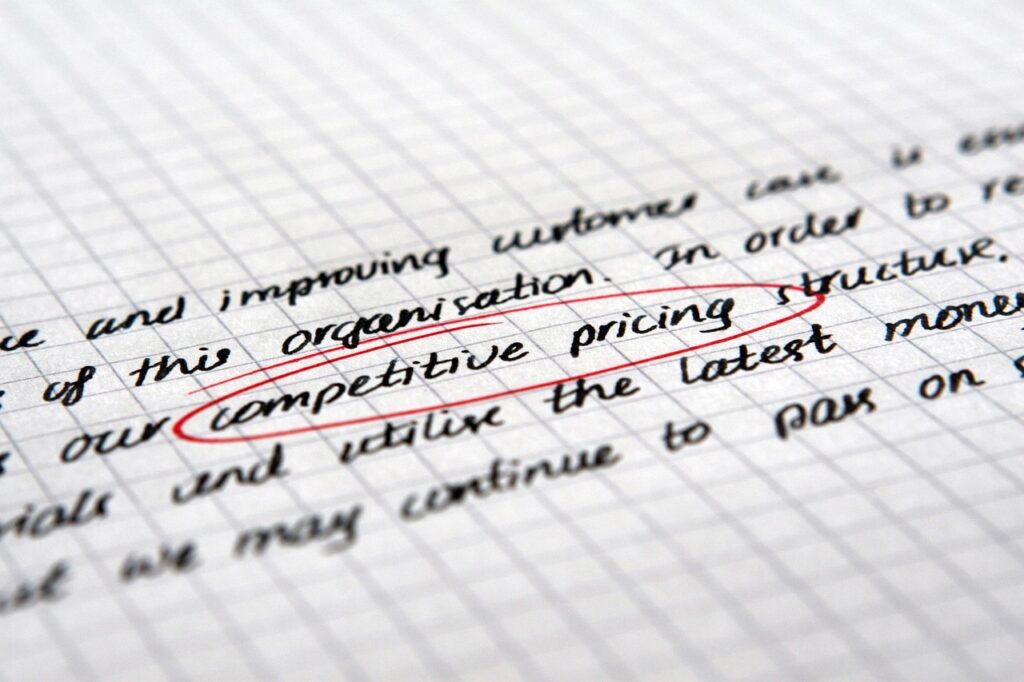
4. Bundle Pricing for Higher Sales
Customers feel they’re getting a better deal when products are bundled together, even if the total price is similar to buying items separately.
Why Bundling Works
It simplifies decision-making for customers.
It increases the perceived value of the purchase.
It can help move slow-selling inventory.
Case Study: McDonald's Combo Meals
McDonald’s has mastered bundle pricing. Instead of selling a burger, fries, and a drink separately, they offer a combo meal at a lower total price, encouraging customers to spend more than they initially intended.
How to Apply This to Your Business
Bundle slow-moving products with bestsellers.
Create service packages that combine multiple offerings.
Offer limited-time bundles to create urgency.
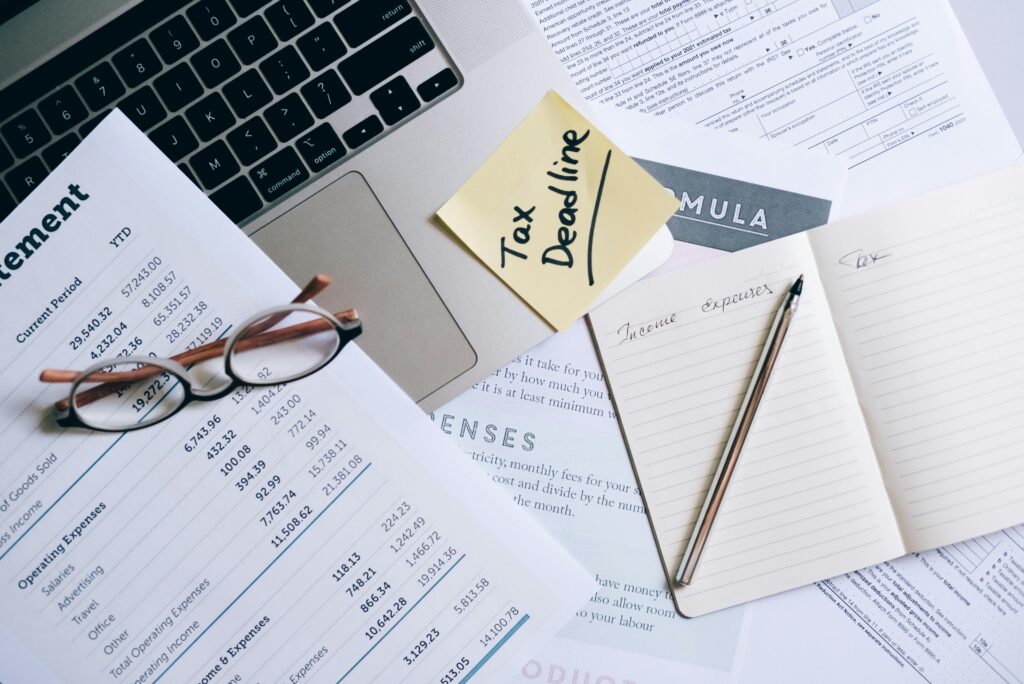
5. The Decoy Effect
When presented with three options, customers often choose the middle-priced one. If you strategically place a slightly worse deal next to your target offer, you make it seem like the best choice.
Example: Subscription Services
Netflix offers:
Basic Plan: R99 (Limited features)
Standard Plan: R159 (Better features, HD streaming)
Premium Plan: R199 (Best features, Ultra HD)
Most customers choose the Standard Plan because it seems like the best value compared to the other two options.
How to Apply This to Your Business
Offer three pricing tiers.
Make the middle option the most attractive.
Use the decoy effect to guide customer decisions.
Extended Example: Print vs. Digital
The Economist magazine once tested this strategy with three options:
Digital Only: $59
Print Only: $125
Print + Digital: $125
Most customers chose the Print + Digital option because it seemed like a much better deal than Print Only, even though the price was the same.
6. Scarcity and Urgency Drive Decisions
People are more likely to buy when they believe they might miss out.
How to Create Urgency
Use limited-time offers (e.g., “Sale ends in 24 hours!”).
Show low stock warnings (“Only 3 left in stock!”).
Use countdown timers on your website.
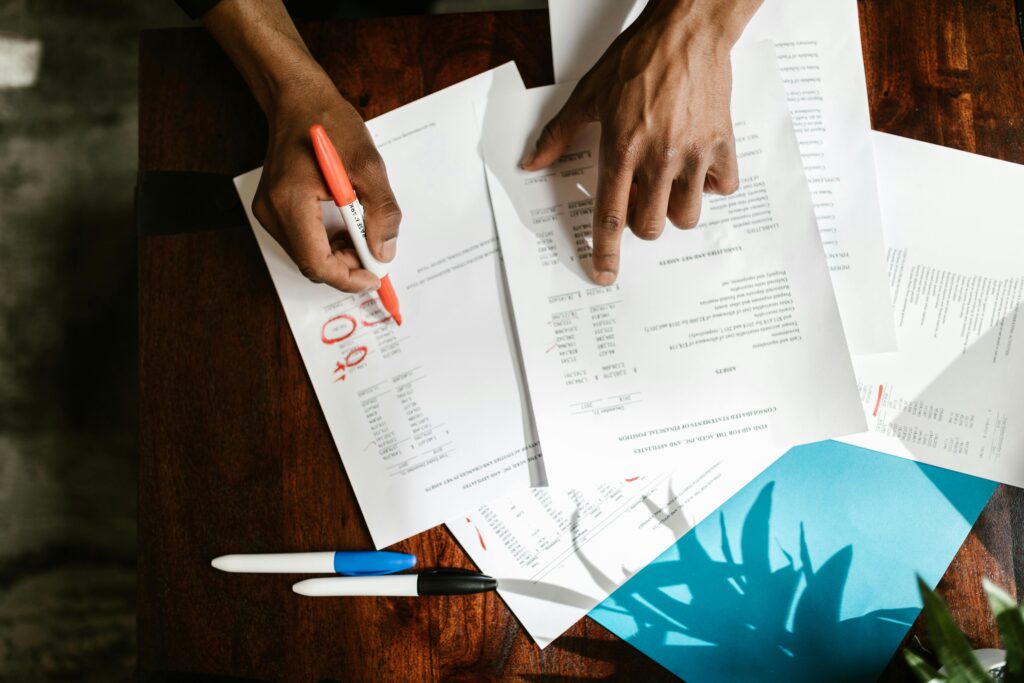

Psychological Impact
A study by the University of Illinois found that scarcity increases perceived value, making people more likely to buy.
How to Apply This to Your Business
Run flash sales with time limits.
Offer exclusive deals to early adopters.
Use urgency-driven messaging in marketing campaigns.
Conclusion: Price with Confidence
Pricing isn’t just about covering costs—it’s about strategy, perception, and value. By leveraging pricing psychology, you can charge what you’re worth while keeping customers engaged and satisfied.
At Finvisor, we help businesses optimize their pricing strategies for maximum profitability. If you’re struggling to set the right prices, let’s chat!
Ready to take the next step? Contact us at Finvisor Business Solutions for personalised guidance on how to start a business in South Africa and transform your ideas into a fully operational company. Let’s build your future together.
The Psychology of Pricing The Psychology of Pricing The Psychology of Pricing The Psychology of Pricing The Psychology of Pricing The Psychology of Pricing The Psychology of Pricing The Psychology of PricingThe Psychology of Pricing The Psychology of Pricing The Psychology of Pricing The Psychology of Pricing The Psychology of Pricing The Psychology of Pricing

